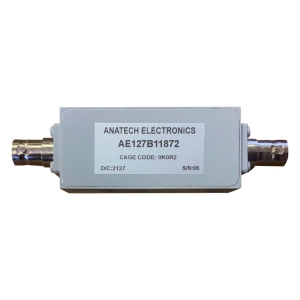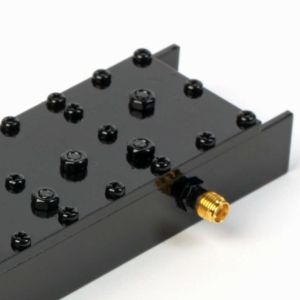Understanding The Key Features Of Rf Duplexers With Their ApplicationsPosted by Curtly Ambrose on November 21st, 2022  Electronic equipment called an RF duplexer enables bi-directional (duplex) communication over a single route. It separates the receiver from the transmitter in radar and radio communications systems, allowing them to share an antenna. A duplexer is a common component of radio repeater systems. RF Duplexers can be based on time, polarization, or frequency (typically using a waveguide filter) (as is typical in radar).
What Are The Uses Of RF Filters For Wireless Communication?RF filters, which are used with radio receivers to filter out undesired frequencies and pass the proper sort of frequencies, are a crucial part of the wireless technology industry. Industries are using RF filters for wireless communication to provide several global markets safely. The world's rapid adoption of 5G technology and the rapid development of 5G technology is anticipated to create more favorable growth prospects for the RF filters market in the years to come. Because of its functional features, RF filters for wireless communication are frequently employed in gadgets like wireless communication systems, broadcast radios, televisions, etc. RF filters for wireless communication operate on continuous-time signals, or in real-time and thus are applied as discrete components opposed to integrated into a system on chip (SoC). Tunable Rf filters tend to offer better selectivity with high frequency signals. What Properties Should An Rf Duplexer Have?The following properties should be present in an RF duplexer:
What Exactly Are Tunable Rf Filters?
What Is The Advantage Of Using A RF Duplexer?Using tunable RF filters has the apparent benefit of allowing us to use a single antenna for transmission and reception. This is a significant benefit because tower space at base station sites is at a premium.
What Are The Disadvantages Of Using A RF Duplexer?The following are some of the disadvantages of RF duplexers:
One of the essential parts of any RF filters for wireless communication is that the quality of the RF signal that is broadcast and received in communication systems is improved by choosing the appropriate filter in the circuit. Various choices are available for frequency-agile tunable RF filters modules, so it all comes down to the desired specifications for a given application. One example is the NuWaves HiPerTuner, which filters the 200 MHz to 2.5 GHz frequency range. Read More - Why Do You Need To Buy Band Pass Filter? Like it? Share it!More by this author |




